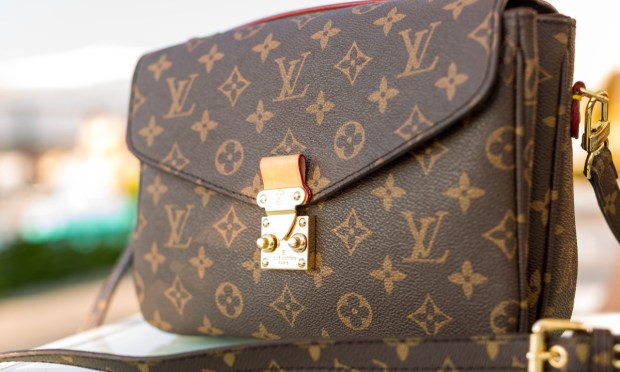Table for Two and a Half: Restaurants Add Handbag Stools

Middle-tier restaurants have found a new way to emulate the trappings of fine dining — adding stools for handbags — but as higher-end restaurants strain under the pressure of inflation, it is unclear whether this trend of sacrificing valuable dining room space to customers’ handbags will have staying power.
High-end restaurants across Europe, and a select few in America, have been offering diners the option to set their luxury handbags on their own stool for years, but now, as Bloomberg News reported Thursday (July 6), the trend is extending to more kinds of eateries. The article noted the example of a Boston steakhouse, as well as many restaurants across Miami, among others.
The news outlet attributes the growing popularity of these purse stools to the rise in luxury handbag sales, such that it may no longer just be the wealthiest of the wealthy sporting, say, a Louis Vuitton.
Additionally, by offering such amenities, a fine dining establishment that is not quite, say, a world-renowned, Michelin-starred spot can create a similar sense of luxury.
Certainly, there is some utility to these stools. It may be harder to steal a handbag that is sitting right next to its owner than one hung over the back of a chair. Plus, many cultures hold superstitions about leaving your purse on the floor.
Yet it is unlikely that these stools could have mass-market penetration, given most restaurants’ desire to drive as much revenue from their dining rooms as possible, seating as many diners as they can to offset their real estate costs with more sales. For every seat that a handbag takes up, that is one seat a paying customer is not sitting in.
These concerns are especially important amid inflation, with higher-end restaurants hit hard by the economic climate of the past couple of years, according to data from PYMNTS’ December study, “The 2022 Restaurant Digital Divide: Restaurant Customers React To Rising Costs, Declining Service.”
The report, which drew from a survey of a census-balanced panel of more than 2,300 restaurant customers, revealed that 59% of consumers have noticed reduced hours or shuttered dining rooms at restaurants where the average check amount is higher than $50. In contrast, less than half of consumers (47%) noticed the same at eateries where that amount is less than $20.
Plus, there is the matter of the rise of tiny handbags. The rise of the mini bag trend has many luxury consumers opting for tiny accessories instead of the convenience of a larger purse.
Of more utility may be the handbag hooks that the news outlet highlighted at a small handful of restaurants. These take up less space than a stool and fit more purses each, addressing similar issues while mitigating the drawbacks. As such, it would not be terribly surprising if, in the years to come, handbag hooks became a staple at fine dining establishments.

